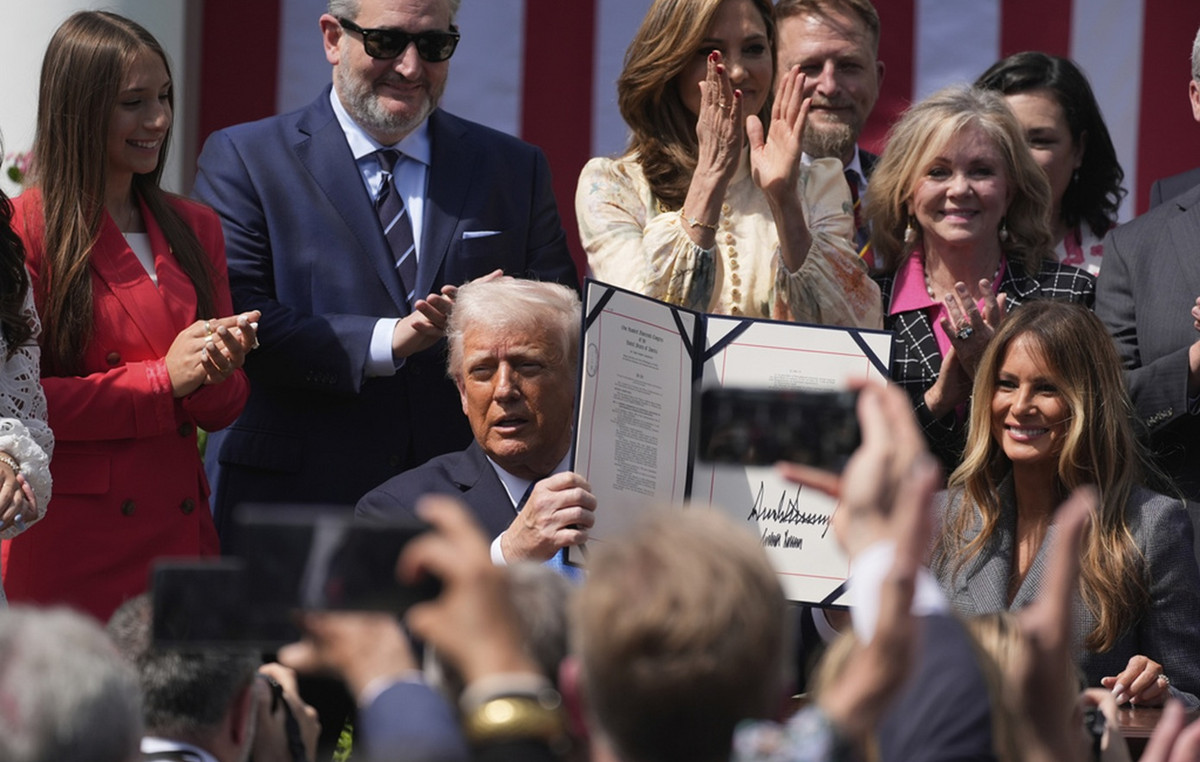Two pioneering scientists who created the technology behind life-saving Covid-19 vaccines have won the Nobel Prize in medicine or physiology.
Katalin Karikó and Drew Weissman, both from the University of Pennsylvania, in the United States, achieved their breakthrough by harnessing the power of genetic material known as messenger RNA, or mRNA.
Their discoveries began a new chapter in medicine, paving the way for new vaccines for other infectious diseases, including influenza, and treatments for non-infectious diseases, such as cancer.
1 – What mRNA does
Messenger RNA, or mRNA, is a form of nucleic acid that tells cells what to do based on information contained in DNA.
Unlike DNA, which functions as an instruction manual for life contained within each cell, mRNA is a temporary piece of genetic code that can create a protein or repair damage.
Researchers often use an analogy with a cookbook. DNA is a thick recipe book, while RNA is a handwritten copy of an individual recipe that is crumpled up and thrown away after use.
Scientists have long known about mRNA, but it was previously thought to be too unstable to be of value as a therapeutic tool.
2 – What the Nobel winners discovered
Karikó and Weissman’s main breakthrough was finding a way to alter the building blocks of RNA, called nucleotides, to make our body produce an immune response.
Robin Shattock, professor of mucosal infection and immunity at Imperial College London, said the pair’s “seminal work” in understanding how to configure RNA was key to the success of the highly effective mRNA vaccine against Covid-19.
“His fundamental work in using modified nucleotides, the building blocks of RNA, to prevent activation of the innate immune system will be critical to the successful use of future RNA vaccines and new RNA-based medicines,” Shattock said.
3 – How mRNA vaccines differ from other vaccines
Many vaccines use weakened or killed versions of the viruses — not enough to make a person sick, but enough that the immune system will respond so the body will produce antibodies if it encounters the real virus. These are called vector vaccines.
Another related technique – used in protein subunit vaccines – uses purified pieces of a virus to trigger an immune response.
However, developing these types of vaccines can be time-consuming and it can be difficult to modify them quickly.
Messenger RNA-based vaccine technology does not rely on a modified version of a virus to produce an immune response. It uses modified mRNA to instruct the body’s cells to produce proteins that train the immune system to defend the body against a specific disease.
4 – What the team achieved
Karikó’s fascination with mRNA’s therapeutic potential began while she was in graduate school in Hungary and has never waned, despite several setbacks, job losses, self-doubt, and a transatlantic move.
His conviction that it could be used to combat disease raised skepticism, and the grants he applied for were often rejected.
Karikó, now an associate professor of neurosurgery at Penn’s Perelman School of Medicine, met Weissman by chance in 1997. The Nobel committee said Weissman’s background in immunology and Karikó’s expertise in RNA biochemistry meant the two scientists bonded. complemented each other well.
“I think the important thing is that we could not have gotten to this result without their involvement,” said Weissman, a professor of vaccine research at the Perelman School of Medicine, in a video shared Monday by the University of Pennsylvania.
His groundbreaking study was published in 2005, 15 years before the start of the Covid-19 pandemic.
Thomas Perlmann, secretary general of the Nobel Prize for Medicine Assembly, said that, at that time, there were many obstacles to overcome before being able to use the technology in the form of a vaccine.
These obstacles included manufacturing mRNA in large quantities and refining a method of delivering mRNA into cells. However, he said his early work meant mRNA-based Covid-19 vaccines were off to a “bright start” when the pandemic emerged.
5 – Potential beyond the fight against Covid-19
The advent of mRNA vaccine technology has led to safe and strong protection against Covid-19. But proponents say this is just the beginning.
Early studies suggest that mRNA technology shows promise as a treatment for cancers, including melanoma and pancreatic cancer, and is being studied for use in vaccines against seasonal flu, respiratory syncytial virus (RSV) and HIV.
Other avenues of continued mRNA research include exploring a new avenue to treat autoimmune diseases. And mRNA technology is also being evaluated as a possible alternative to gene therapy for intractable diseases such as sickle cell disease.
Source: CNN Brasil
I am an experienced journalist and writer with a career in the news industry. My focus is on covering Top News stories for World Stock Market, where I provide comprehensive analysis and commentary on markets around the world. I have expertise in writing both long-form articles and shorter pieces that deliver timely, relevant updates to readers.







